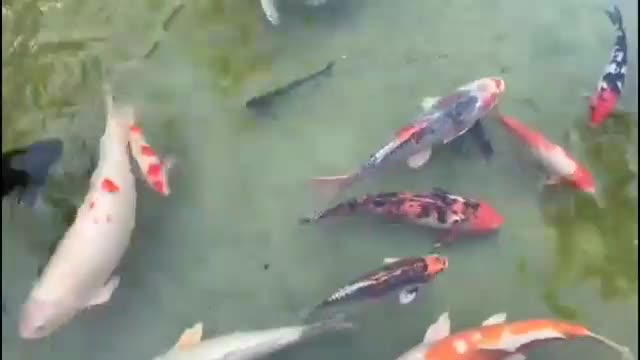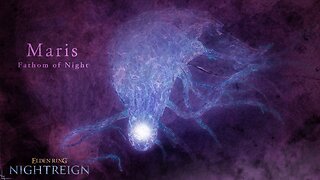Premium Only Content

My fish collection Golden fish, White fish, Black fish, 🐠🐟🐡 | Every kind of fishes you'll see here
Fish : The term "fish" generally applies to three groups: bony fishes, cartilaginous fishes and the so-called jawless fishes (e.g. lampreys). At present more than 24,000 recent species are known. This makes them by far the largest group within vertebrates: Every second extant vertebrate species is a fish-species.
Fish live in nearly all aquatic habitats: in Tibet loaches are found in hot springs at 5,200 m above sea level, in Lake Titicaca - the highest large lake of the world (3,812 m above sea level) - several species of killifishes live, and the deep-sea specialists are to be met as deep as 7,000 m below surface. Besides strictly freshwater or marine fishes we know about 200 species, spending their lives partly in fresh and partly in salt water (e.g. eel, salmon).
Some species developed organs for air-breathing which enable them to survive out of water, e.g. in seasonally drying up swamps, and others even undertake regular excursions on dry land (e.g. mudskippers).
Fishes are extremely important to man, on the one hand as food (exploitation of natural resources, aquaculture), on the other hand for recreation and leisure activities (game fishing, aquariums). They also serve as indicator species for water pollution.
The scientific fish collection
Holdings
Nearly 1.000,000 alcohol-preserved specimens (c. 150,000 lots)
About 1,800 skeletons (mounted or disarticulated on plates).
About 2,000 taxidermy specimens.
Type collection
Some 2,000 species are vouched by type specimens.
Some 2,000 species are vouched by type specimens.
Special features
Material from South America (Natterer, Steindachner); Heckel-, Kner-, Steindachner-types.
Use of the scientific collection/Loan of scientific material
Examination of our holdings is possible at NHM by arrangement. Because of losses of material and several not-returned specimens in the past no more loans are available. Only tissue samples can be sent by mail by appointment.
Catalogue
70 % of the holdings are catalogued on card-index (binary names sorted alphabetically). Special card-indices exist for the skeleton collection, taxidermy specimens and for type specimens. Computer cataloguing has started in 1998.
-
 4:25:16
4:25:16
DamnDanieI
5 hours agoKill First, Loot Later – OTG Live
48.1K -
 56:41
56:41
Donald Trump Jr.
10 hours agoLies, Leaks, and Lawfare: Censorship Corruption Exposed | TRIGGERED Ep.263
165K130 -
 1:19:46
1:19:46
Precision Rifle Network
7 hours agoS4E25 Guns & Grub - Rex Is Back, I shot the 6.5PRC finally...
25.1K1 -
 LIVE
LIVE
rhywyn
4 hours agoうつ
37 watching -
 LIVE
LIVE
RyuMuramasa✧
6 hours agoNEW Everdark Sovereign | Elden Ring Nightreign | LIVE Playthrough
39 watching -
 1:17:04
1:17:04
Nikko Ortiz
13 hours agoLive - News, Politics, Podcast And Naaah Im Playin We Chillen
10.1K -
 1:26:13
1:26:13
Mally_Mouse
8 hours agoLet's Hang!! -- P.O. Box & Chill!
22.2K -
 1:02:37
1:02:37
BonginoReport
9 hours agoKamala Teases Book About Dumpster Fire Campaign - Nightly Scroll w/ Hayley Caronia (Ep.102)
77.4K62 -
 35:05
35:05
Stephen Gardner
9 hours ago🔥Obama will be FORCED to Testify in Trump trial?
36.6K77 -
 9:08
9:08
Tundra Tactical
6 hours ago $1.23 earnedTundra Tactical Political Memes Review!
26K2